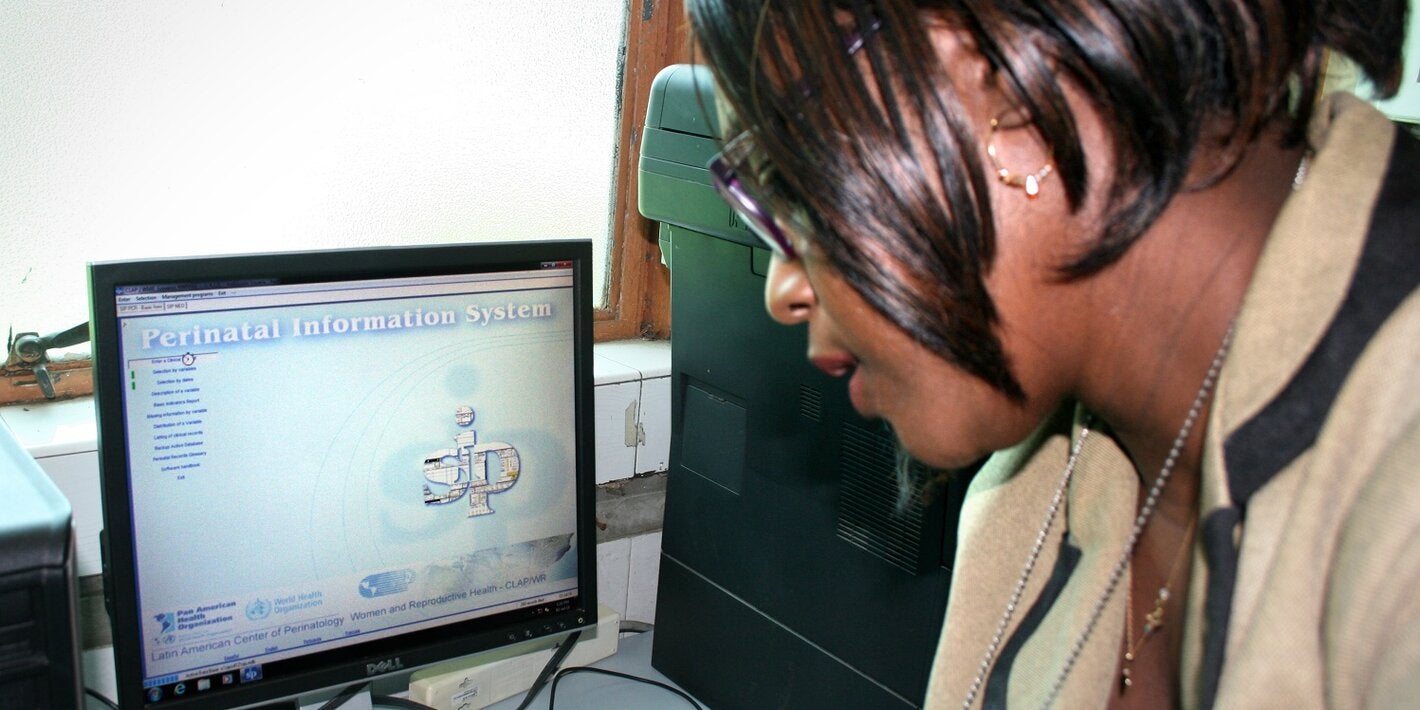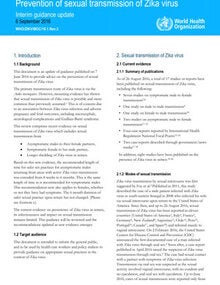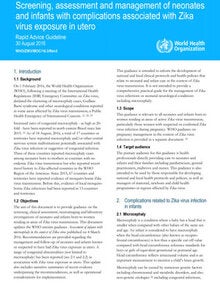Microcephaly is an uncommon condition whose causes can be genetic or environmental (related to toxicity, radiation or infection). It is defined as a condition at birth in which the newborn's head circumference is less than expected for age and sex. Microcephaly can present as an isolated condition or may be associated with other symptoms, such as convulsions, developmental delays or feeding difficulties. These symptoms have varying degrees of severity and in some cases may be life-threatening. The most reliable way to assess whether a baby has microcephaly is to measure head circumference at birth and again 24 hours after birth. It is very difficult to predict the consequences of microcephaly at the time of birth, so close follow-up is needed through check-ups to monitor and evaluate affected babies. There is no specific treatment for microcephaly. Care is centered on follow-up, promotion and maximization of the child's abilities.
- Microcephaly is a condition where a baby is born with a small head or the head stops growing after birth.
- Microcephaly is a rare condition. One baby in several thousand is born with microcephaly.
- The most reliable way to assess whether a baby has microcephaly is to measure head circumference 24 hours after birth, compare the value with WHO growth standards, and continue to measure the rate of head growth in early infancy.
- Babies born with microcephaly may develop convulsions and suffer physical and learning disabilities as they grow older.
- There are no specific tests to determine if a baby will be born with microcephaly, but ultrasound scans in the third trimester of pregnancy can sometimes identify the problem.
- There is no specific treatment for microcephaly.
Causes of microcephaly
There are many potential causes of microcephaly, but often the cause remains unknown. The most common causes include:
- infections during pregnancy: toxoplasmosis (caused by a parasite found in undercooked meat), Campylobacter pylori, rubella, herpes, syphilis, cytomegalovirus, HIV and Zika;
- exposure to toxic chemicals: maternal exposure to heavy metals like arsenic and mercury, alcohol, radiation, and smoking;
- pre- and perinatal injuries to the developing brain (hypoxia-ischemia, trauma);
- genetic abnormalities such as Down syndrome; and
- severe malnutrition during fetal life.
Based on a systematic review of the literature up to 30 May 2016, WHO has concluded that Zika virus infection during pregnancy is a cause of congenital brain abnormalities, including microcephaly; and that Zika virus is a trigger of Guillain-Barré syndrome.
Signs and symptoms
Many babies born with microcephaly may demonstrate no other symptoms at birth but go on to develop epilepsy, cerebral palsy, learning disabilities, hearing loss and vision problems. In some cases, children with microcephaly develop entirely normally.
Treatment and care
There is no specific treatment for microcephaly. A multidisciplinary team is important to assess and care for babies and children with microcephaly. Early intervention with stimulation and play programmes may show positive impacts on development. Family counselling and support for parents is also extremely important.















